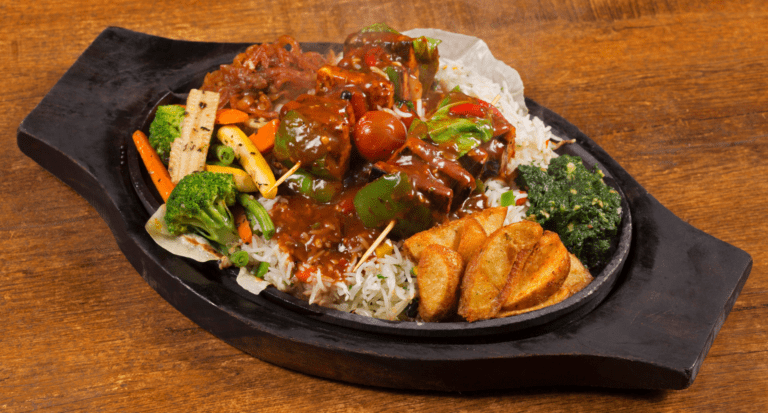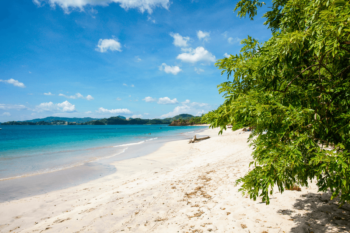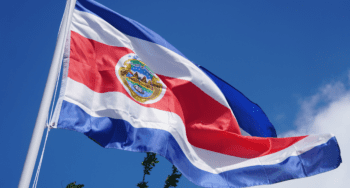Caribbean Coast Food Guide: What's Covered
Costa Rica’s Caribbean coast serves completely different food than the rest of the country—rice and beans cooked in coconut milk with scotch bonnet peppers instead of mild gallo pinto, plus spicy rondon stew and meat patties you won’t find elsewhere. When Jamaican workers arrived in the late 1800s to build the railroad, they brought Caribbean spices and cooking techniques that created something uniquely Caribbean-Costa Rican. Having a rental car lets you hunt down the best patties at unmarked roadside spots and authentic family restaurants that aren’t within walking distance of hotels.
Quick Facts:
- Puerto Viejo offers 50+ restaurants from $5 sodas to $50 tasting menus, with everything from Italian to Thai alongside traditional Caribbean
- Cahuita specializes in authentic local cooking with 15-20 restaurants adjusting menus based on the morning catch
- Tortuguero requires boat or plane access—most dining happens at lodges with wildly varying quality
- Budget range spans $3-60 per meal, from local sodas to lodge fine dining
- The green season (May-November) brings restaurant closures but better prices and fewer crowds
Top 5 Must-Try Caribbean Dishes:
- Caribbean Rice and Beans – Cooked in coconut milk with scotch bonnet peppers, served with chicken or fish in spicy coconut sauce—nothing like gallo pinto
- Rondon – Coconut stew with root vegetables and seafood or meat, gets its name from “rundown” (whatever the cook can run down in the yard)
- Meat Patties – Spicy ground beef in flaky yellow pastry, perfect beach fuel—find the best at Soda Patty in Limón or Delrita Patty in Cahuita
- Pan Bon – Dense sweet bread with dried fruit, brought by Caribbean immigrants and still made using traditional recipes
- Sorrel Juice – Tangy cranberry-like drink made from sorrel flowers, incredibly refreshing on hot Caribbean days
Your own vehicle transforms Caribbean coast dining from “whatever’s walkable” to hunting down hidden gems like Soda Lidia’s authentic rondon or beachfront spots that locals actually frequent. During high season, make reservations at popular restaurants like La Pecora Nera, but green season lets you show up spontaneously while enjoying the same great food at better prices.
If you need any help with a Costa Rica car rental, contact us now!
The first time you taste rice and beans on Costa Rica’s Caribbean coast, you’ll realize you’ve been eating something completely different everywhere else in the country. Here, they cook it in coconut milk with scotch bonnet peppers. It’s a whole different game.
This is Costa Rica’s most distinctive food region. When Jamaican and other Caribbean workers arrived in the late 1800s to build the railroad, they brought their spices, cooking techniques, and flavors that evolved into something uniquely Caribbean-Costa Rican.
Key Takeaways
- Caribbean food is completely different – Coconut milk, scotch bonnet peppers, and Jamaican spices make this region nothing like the rest of Costa Rica
- Must-try dish: Rice and beans – Not gallo pinto; this version uses coconut milk and gets served with chicken or fish in spicy coconut sauce
- Puerto Viejo has the most variety – Everything from $5 sodas to $50 tasting menus, plus Italian, Thai, and Mediterranean options
- Cahuita is more authentic – Smaller, less touristy, with restaurants adjusting menus based on the morning catch
- Tortuguero requires planning – Only accessible by boat or plane, so most dining happens at lodges (quality varies wildly)
- Budget range: $3-60 per meal – Local sodas and patty shops on the low end, lodge fine dining at the top
- Seasonal changes affect everything – Some restaurants close June-August, but you’ll find better prices and fewer crowds in green season
- Car rental helps dramatically – Best patties, authentic rondon, and hidden gems often require driving to unmarked spots
Why Is Caribbean Coast Food So Different?
Most Costa Rican food tends toward the mild side – think casados with plain rice, black beans, and grilled chicken. But head to the Caribbean coast and everything changes.
The difference comes from those Caribbean immigrants who settled here. They didn’t just bring recipes; they brought a whole food culture that uses coconut milk as a base, scotch bonnets for heat, and spices that most ticos never touch.
From Puerto Viejo’s mix of Italian trattorias and traditional Caribbean sodas to Cahuita’s beachfront seafood spots, to Tortuguero’s remote lodge restaurants – each town has its own dining personality.
Where Should You Eat in Puerto Viejo?
Puerto Viejo has the most diverse food scene on the Caribbean coast. You can find everything from $5 casados to $50 tasting menus, often within walking distance of each other.
Want Traditional Caribbean Food?
Skip the tourist-friendly versions and head to Soda Lidia’s in central Puerto Viejo. This no-frills spot has been serving authentic Caribbean dishes for decades. Their rice and beans with Caribbean chicken show you what the real deal tastes like.
If you see rondon on the menu, order it. This coconut-based stew is a hearty local dish that often escapes visitors.
For a fancier take on Caribbean cuisine, try Stashu’s Con Fusion. They blend traditional Caribbean cooking with international techniques. The garden setting with tiki torches makes dinner here feel special without losing authenticity.
Craving International Food?
Puerto Viejo’s international community has created some surprisingly excellent non-Caribbean options.
La Pecora Nera serves Italian food that would impress in Milan. The Italian owner makes handmade pasta and wood-fired pizzas, sometimes adding local seafood when it makes sense. Book ahead – this place fills up.
Koki Beach Restaurant overlooks the water and specializes in Mediterranean-style seafood. Their paella and sunset cocktails combo has become a Puerto Viejo tradition for many visitors.
For Thai food, Chile Rojo delivers authentic curries that range from mild to face-melting. They use local seafood in traditional Thai preparations and sushi, which works better than you’d think.
Need a Quick Bite or Breakfast?
Bread and Chocolate owns the breakfast and lunch scene. Their house-made pastries, breakfast burritos, and anything involving their local cacao are worth the wait (and there’s usually a wait).
Tasty Waves Cantina does excellent fish tacos and has a solid happy hour. The surf-themed vibe and live music make it a fun dinner spot when you want something casual.
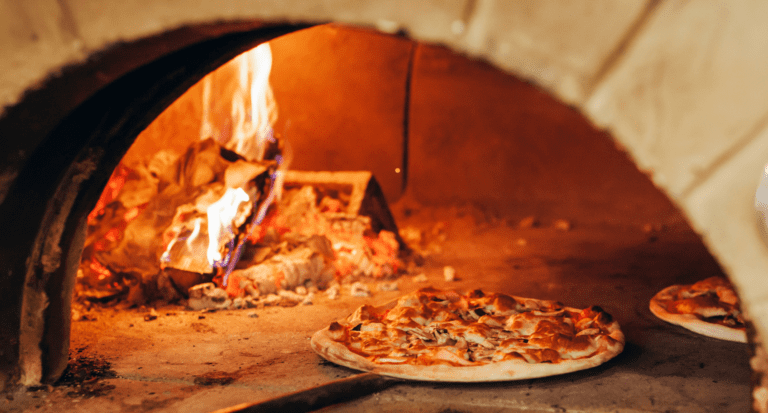
What Makes Cahuita's Food Scene Special?
Cahuita feels more local and less touristy than Puerto Viejo. The restaurants here focus on traditional cooking and whatever the fishermen brought in that morning.
Where Do Locals Eat in Cahuita?
Cahuita Taste hides on a back street near the school. Chef Doria adjusts her menu based on what’s fresh, but her Rasta Pasta of seafood with coconut sauce over tagliatelle has a firm following. Another menu favorite is rice with shrimp served in a pineapple half.
She also teaches cooking classes if you want to learn Caribbean techniques. Her flavored ciders alone are worth the visit.
Kawe Restaurant cooks everything over a traditional wood fire. They open at 6:00 AM near the National Park entrance – perfect for breakfast before hiking. Get the fried cake with your gallo pinto. Trust me on this.
Looking for Beachfront Dining?
Sobre Las Olas puts your table practically in the sand. They buy fish directly from local fishermen each morning. The sushi might surprise you, but when the fish is this fresh, it makes sense.
Sunset here beats any fancy restaurant. The combination of fresh seafood, cold beer, and feet in the sand is hard to improve on.
How Does Dining Work in Tortuguero?
Tortuguero operates differently since you can only reach it by boat or plane. Most visitors eat at their lodge, but the village has some gems worth finding.
Which Lodges Have the Best Food?
Lodge quality varies wildly. Some serve basic buffets while others rival San José’s best restaurants.
Tortuga Lodge sets the bar high. Their riverside Green Turtle Restaurant serves sophisticated three-course dinners using Caribbean techniques with upscale presentation. Yes, it’s pricey, but consider the logistics of getting gourmet ingredients to this remote location.
Mawamba Lodge’s Katonga restaurant actually floats on the water. You might spot birds or monkeys while eating your four-course lunch. The setting alone makes it memorable.
Any Good Village Restaurants?
Don’t skip the village spots just because you have lodge meals included.
Budda Café looks basic but serves generous portions of traditional food. Their coconut rice and beans with Caribbean chicken cost a fraction of lodge prices. Grab a table on the deck overlooking the canal.
Restaurante Mi Niño sits right on the main canal. They do excellent seafood and fruit smoothies. Open for all three meals with vegetarian options too.
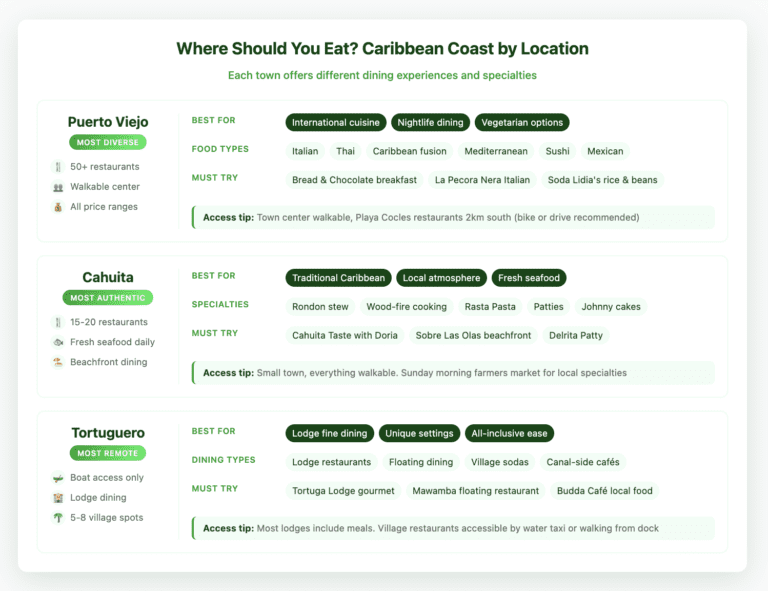
What Caribbean Dishes Should You Actually Try?
Forget the gallo pinto you’ve been eating elsewhere. The Caribbean coast has its own essential dishes.
Street Food Worth Stopping For
Meat Patties – Spicy ground beef in flaky yellow pastry. Perfect for beach picnics or hiking fuel. Vegetarians can find pineapple or plantain versions.
Where to get the best patties:
- Port Limón: Soda Patty (locals line up here)
- Cahuita: Delrita Patty (worth the detour)
Other street snacks to try:
- Pan Bon: Dense sweet bread with dried fruit
- Cocadas: Coconut tarts that give you quick energy
- Johnny Cakes: Originally “journey cakes” – hard biscuits that traveled well
Main Dishes You Can’t Skip
Caribbean Rice and Beans – Not the same as gallo pinto. This version uses coconut milk and scotch bonnet peppers. Usually served with chicken or fish, it is also cooked in spicy coconut sauce.
Rondon – The name comes from “rundown” – whatever the cook can run down in the yard goes in. It’s a coconut stew with root vegetables, meat or seafood, and enough spice to wake you up.
Ingredients You Won’t Find Elsewhere
Breadfruit – Starchy like a potato but slightly sweet. Usually boiled or fried as a side dish.
Plantain – Prepared three ways: sweet fried (maduros), twice-fried savory (patacones), or boiled.
Ackee – Less common, but some places serve this buttery fruit scrambled with saltfish.
What Should You Drink?
Stay hydrated with these Caribbean specialties:
Sorrel Juice – Made from sorrel flowers, tastes like tangy cranberry juice. Refreshing on hot days.
Ale (Agua del Sapo) – Don’t let the “toad water” nickname scare you. It’s ginger, molasses, and lemon – spicy and sweet.
Pipa Fría – Chilled coconut water straight from the shell. Best electrolyte replacement you’ll find.
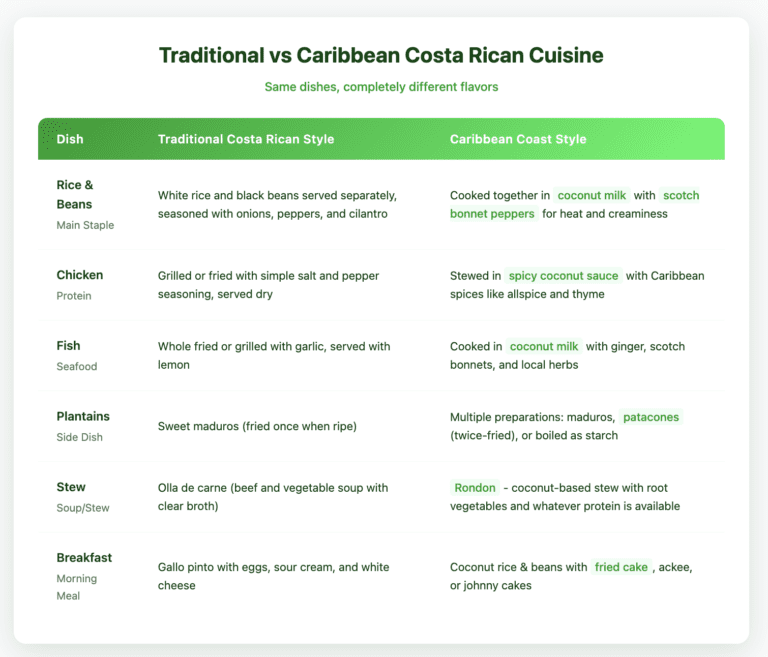
When Should You Eat? (Caribbean Time Explained)
The Caribbean coast runs on its own schedule. Understanding local meal timing helps you eat better.
Daily Meal Schedule
Breakfast (7:00-9:00 AM): Most restaurants open by 7. Lodge breakfasts typically run 6:30-9:00.
Lunch (12:00-2:00 PM): Peak time for casado specials at sodas. Complete meal for $4-8.
Dinner (5:00 PM onwards): Restaurants open around 5. Book ahead for popular spots in the high season.
Caribbean pace warning: Restaurants might close randomly, change hours, or run out of popular dishes. Roll with it – flexibility leads to better discoveries.
Market Days for Fresh Food
- Puerto Viejo: Saturday morning behind the bus station
- Cahuita: Sunday morning in the town center
- Daily specials: Based on morning catch or market finds
How Much Should You Budget for Meals?
Food costs vary wildly depending on where and what you eat.
Budget Eating ($3-8 per meal)
- Local sodas
- Market food stalls
- Patty shops
- Self-catering from grocery stores
Mid-Range ($10-25 per meal)
- Casual international restaurants
- Beachfront dining
- Nicer local establishments
Splurge ($30-60 per meal)
- Lodge fine dining
- Romantic dinner spots
- Multi-course experiences
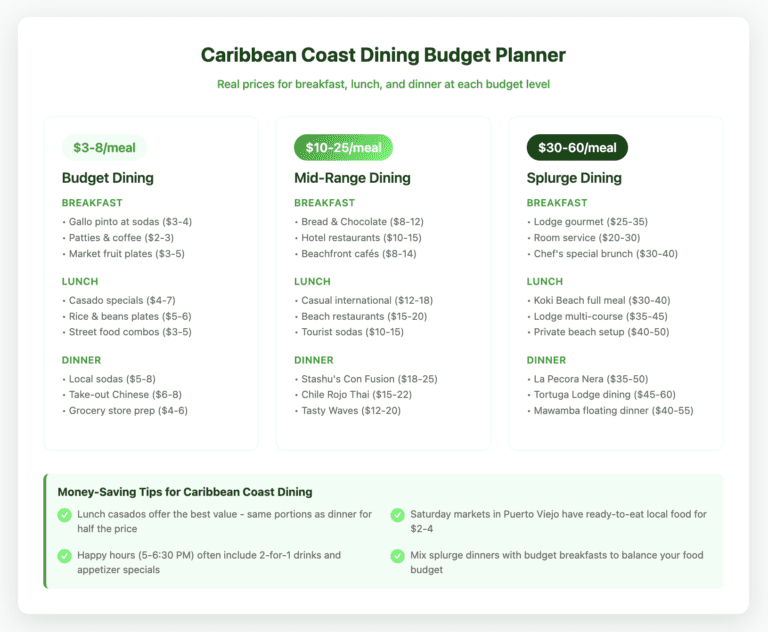
Which Restaurants Change by Season?
High Season (December-April)
- Everything’s open with full menus
- Make reservations or eat early
- Prices are higher at tourist spots
Green Season (May-November)
- Some places close in June, July, or August
- Limited menus based on availability
- Better prices and a more authentic vibe
- Rain won’t affect most restaurant plans
Ready to Eat Your Way Along the Caribbean Coast?
The Caribbean coast’s food scene rewards those who venture beyond their hotel restaurant. Each town offers different flavors – from Puerto Viejo’s international variety to Cahuita’s traditional cooking to Tortuguero’s surprising lodge cuisine.
Having your own wheels makes a huge difference here. The best patties might be 15 minutes south of your hotel. That perfect sunset dinner spot could be down an unmarked beach road. The authentic rondon everyone talks about? It’s probably at a family restaurant you’d never find without local knowledge and transportation.
Market days happen on different schedules in each town. Happy hours start at different times. Some of the best meals come from places that don’t advertise online. With a rental car, you can chase down these experiences instead of settling for whatever’s within walking distance.
The Caribbean coast tells its story through food – from the Jamaican influences in the rice and beans to the Italian immigrants perfecting pizza in the jungle. Come hungry, stay flexible, and get ready for flavors that’ll change how you think about Costa Rican cuisine.
Want to explore the Caribbean coast’s dining scene at your own pace? Check out our Caribbean coast driving routes or grab a rental from San José to make the most of your food adventure.
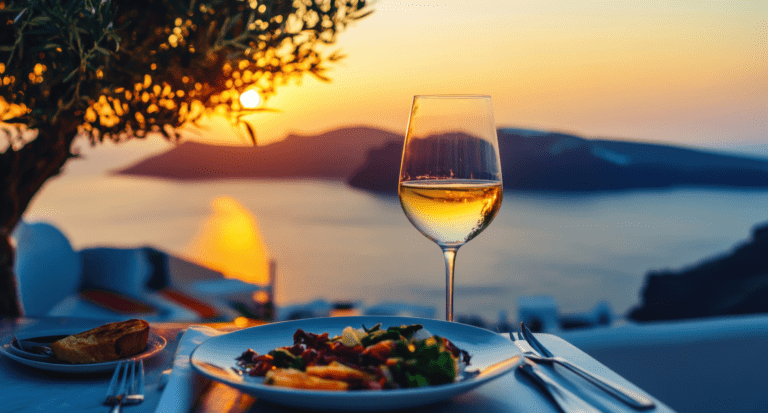
Frequently Asked Questions
What makes Caribbean coast food different from the rest of Costa Rica?
The Caribbean coast uses coconut milk, scotch bonnet peppers, and Caribbean spices that you won’t find in typical tico cooking. When Jamaican workers arrived in the late 1800s to build the railroad, they brought cooking techniques that evolved into something uniquely Caribbean-Costa Rican. Instead of mild gallo pinto and plain rice, you’ll get rice and beans cooked in coconut milk with actual heat.
What are the must-try dishes on the Caribbean coast?
Start with Caribbean rice and beans (not the same as gallo pinto – this one’s cooked in coconut milk). Then try rondon, a coconut-based stew with whatever the cook can “run down” in the yard. For street food, grab meat patties – spicy ground beef in flaky pastry that’s perfect beach fuel. Don’t skip pan bon (sweet bread with dried fruit) and cocadas (coconut tarts) for snacks.
How much should I budget for food in Puerto Viejo and Cahuita?
You can eat for $3-8 at local sodas and patty shops. Mid-range spots like beachfront restaurants run $10-25 per meal. If you want to lodge fine dining or multi-course experiences, expect $30-60. The beauty of the Caribbean coast is that you can mix it up – authentic Caribbean chicken at Soda Lidia’s costs a fraction of what you’d pay at a lodge, and it often tastes better.
Do I need to make reservations at Caribbean coast restaurants?
In high season (December-April), absolutely book ahead at popular spots like La Pecora Nera or Stashu’s Con Fusion. They fill up fast. During the green season (May-November), you’ll have more flexibility, but some restaurants close randomly or change hours. The Caribbean coast runs on its own schedule, so calling ahead saves disappointment.
What’s the street food situation like?
Meat patties are the star – you’ll find them everywhere from Port Limón to Cahuita. Soda Patty in Limón has locals lining up, and Delrita Patty in Cahuita is worth the detour. You’ll also see pan bon, johnny cakes (hard biscuits that traveled well), and cocadas sold at markets and small stands. Most patty shops offer vegetarian versions with pineapple or plantain.
Can I find vegetarian options on the Caribbean coast?
Yes, but your options are better in Puerto Viejo than in smaller towns. Most sodas can make rice and beans without meat, and places like Bread and Chocolate have solid vegetarian breakfasts. Restaurants like Chile Rojo offer vegetarian curries, and patty shops usually have pineapple or plantain versions. Cahuita Taste and other spots will adjust dishes if you ask, but come prepared – this region celebrates its meat and seafood.
Is it safe to eat street food and at local sodas?
The same rules apply here as anywhere in Costa Rica. Look for busy spots where locals eat – high turnover means fresh food. Avoid places where food sits out in the heat for hours. Meat patties from established shops like Soda Patty are totally safe. If a soda is packed with ticos at lunch, that’s your green light. Skip anything that looks or smells off, but don’t let fear keep you from authentic experiences.
Why do some restaurants close during the green season?
Many Caribbean coast restaurants are family-run operations that take breaks during slower months, usually June, July, or August. Some owners travel, others do maintenance, and a few just need the rest after high-season chaos. The upside? The green season brings better prices, more authentic vibes, and you’ll eat alongside locals instead of tourists. Just call ahead to confirm hours.
